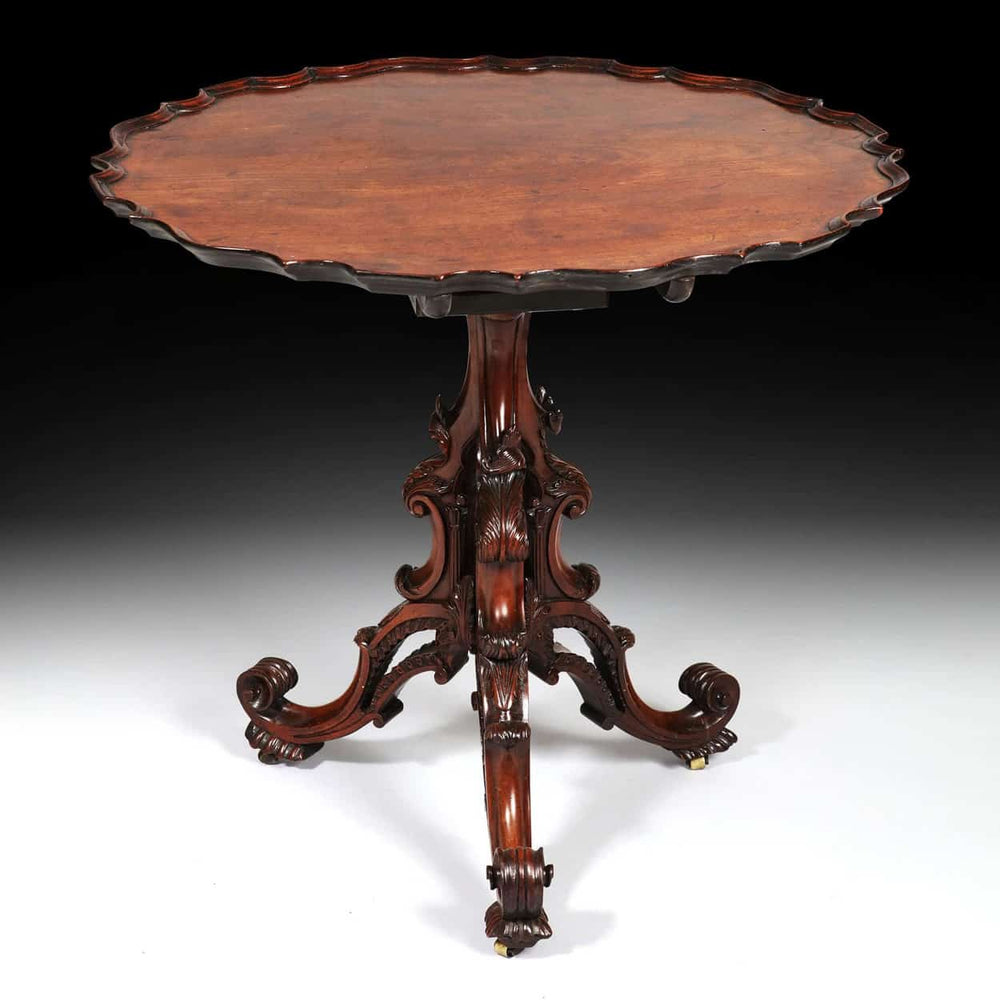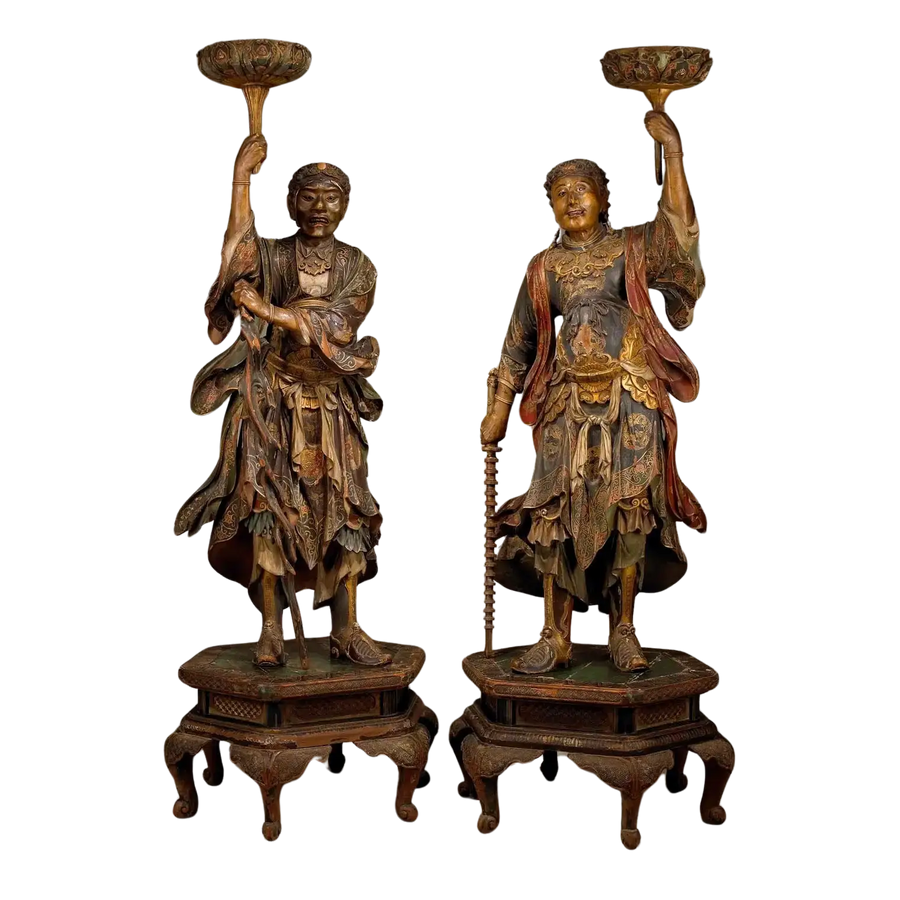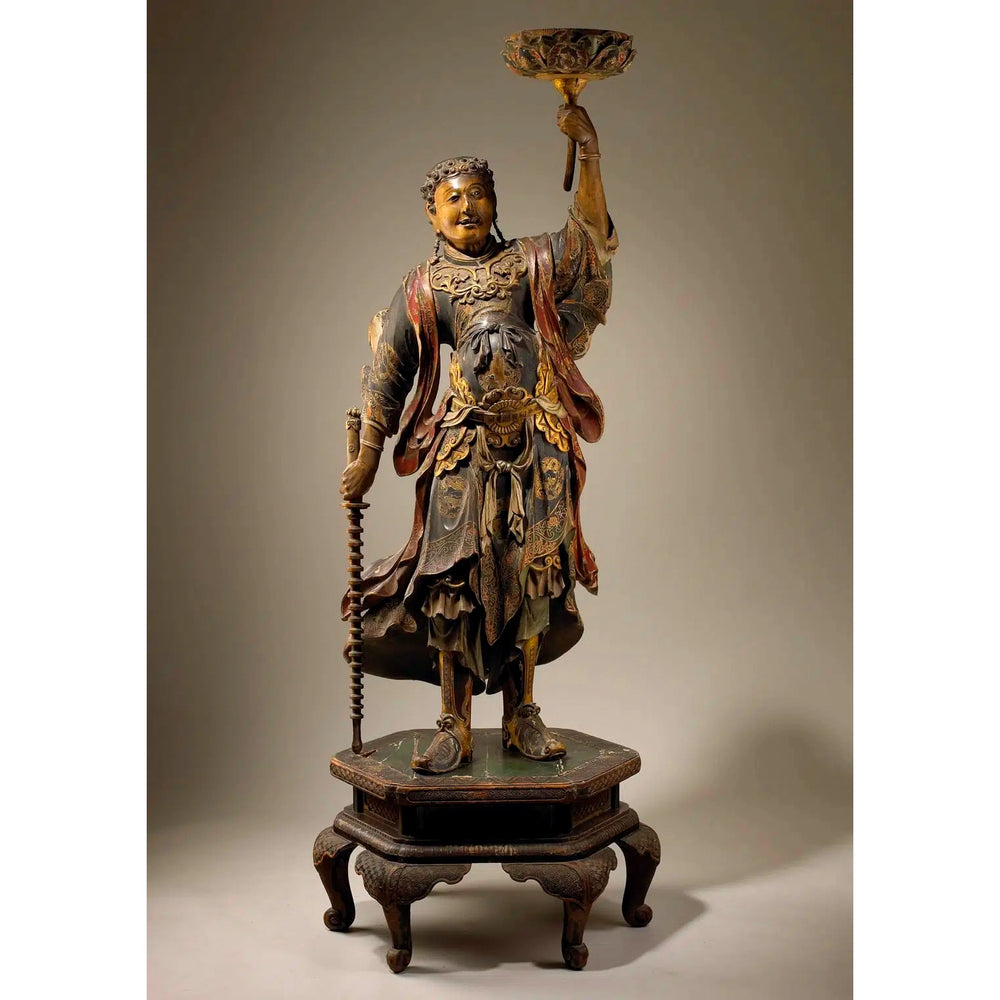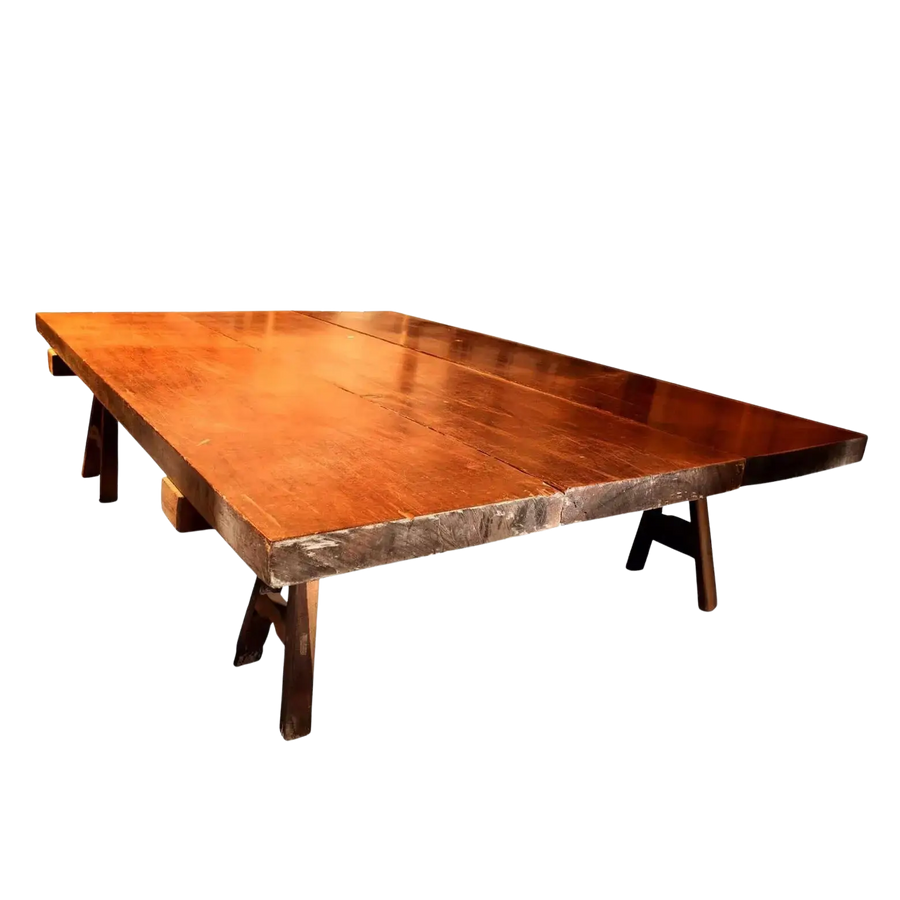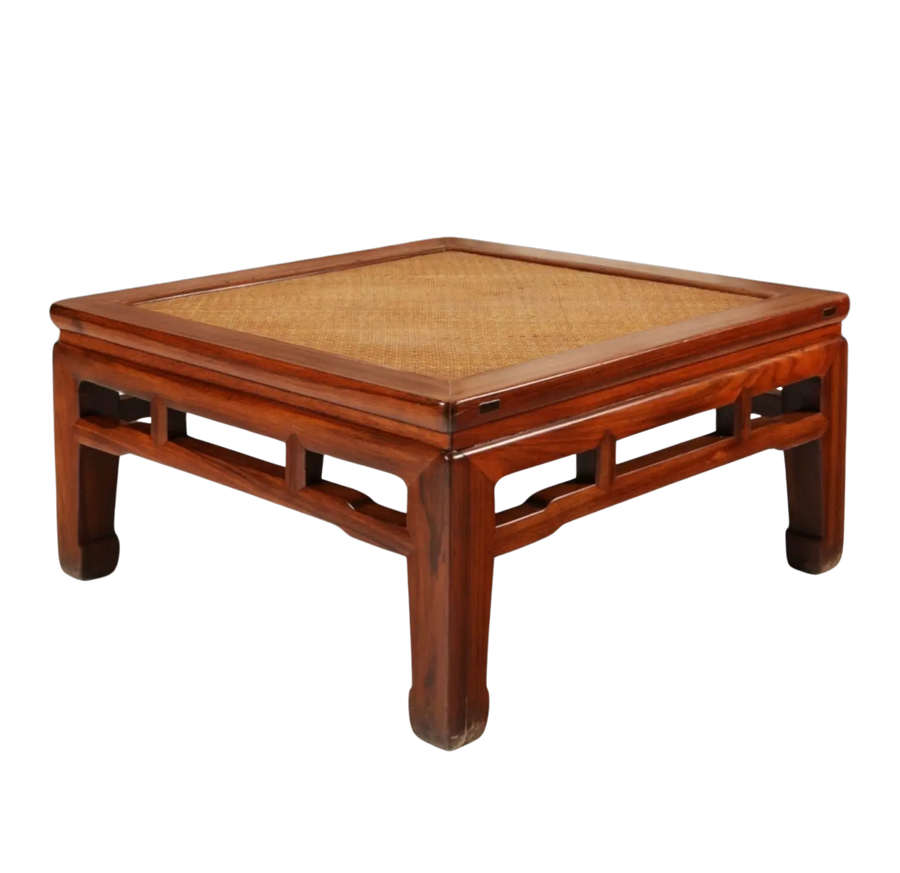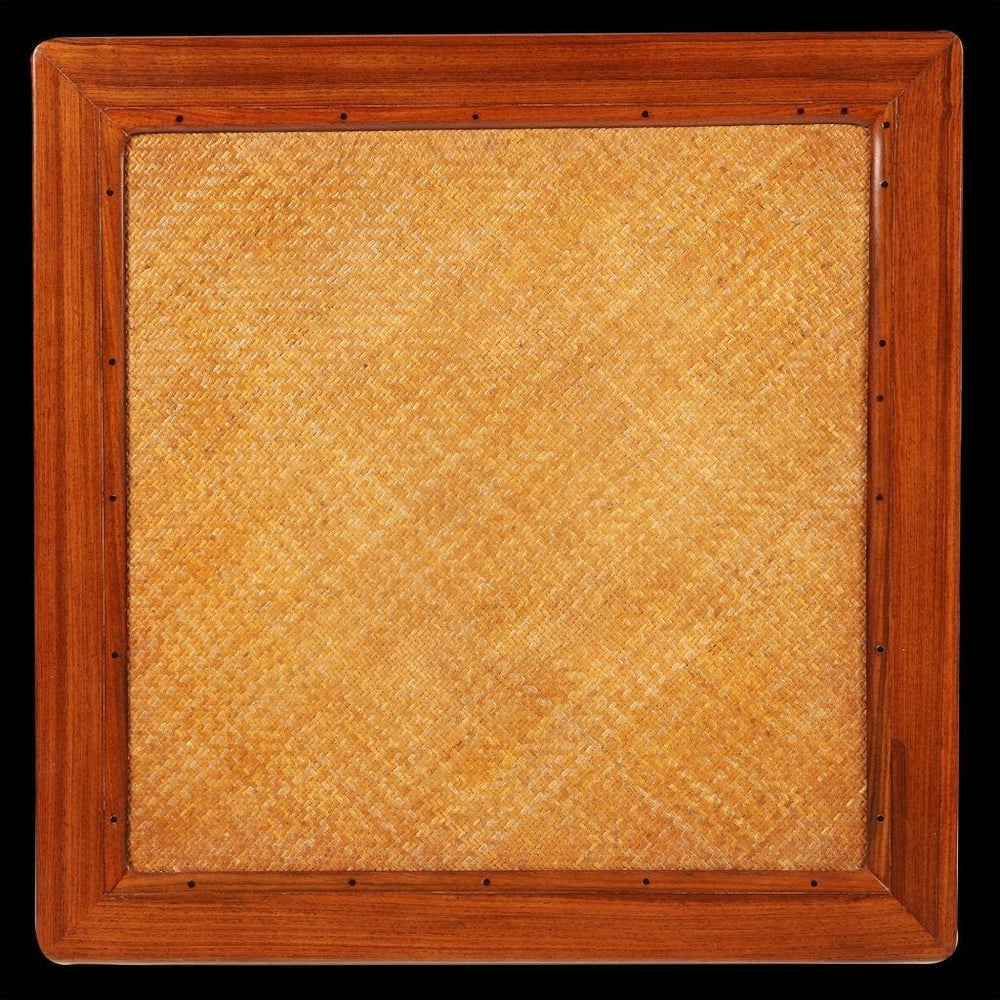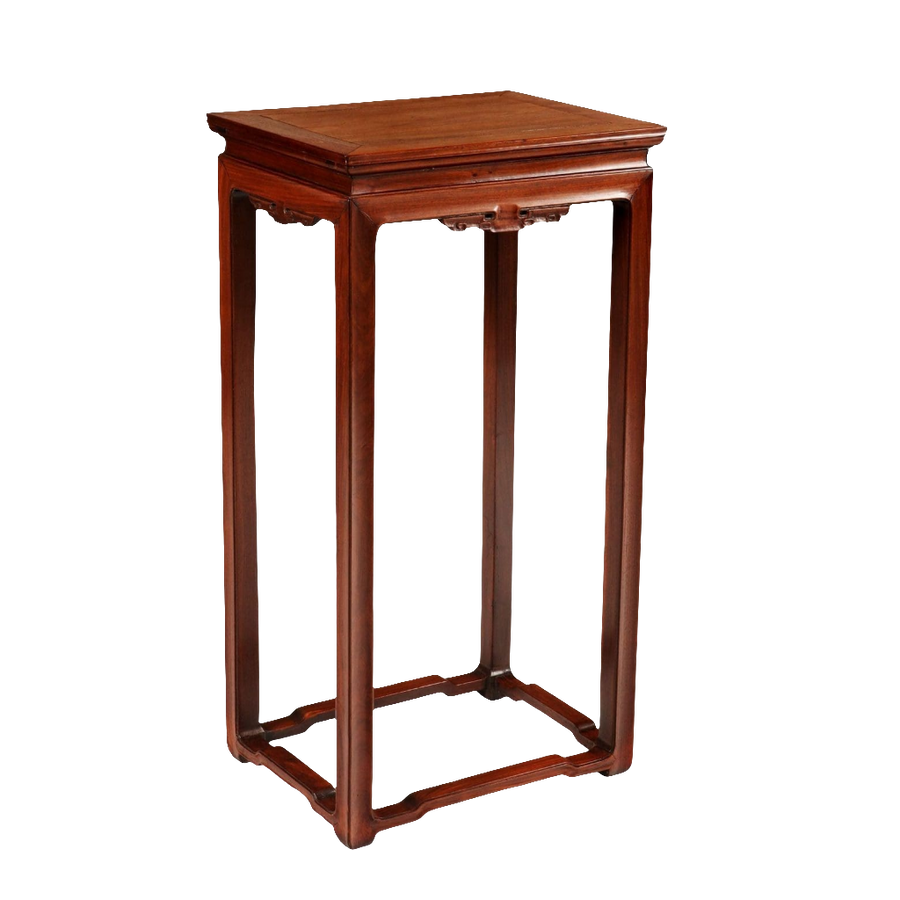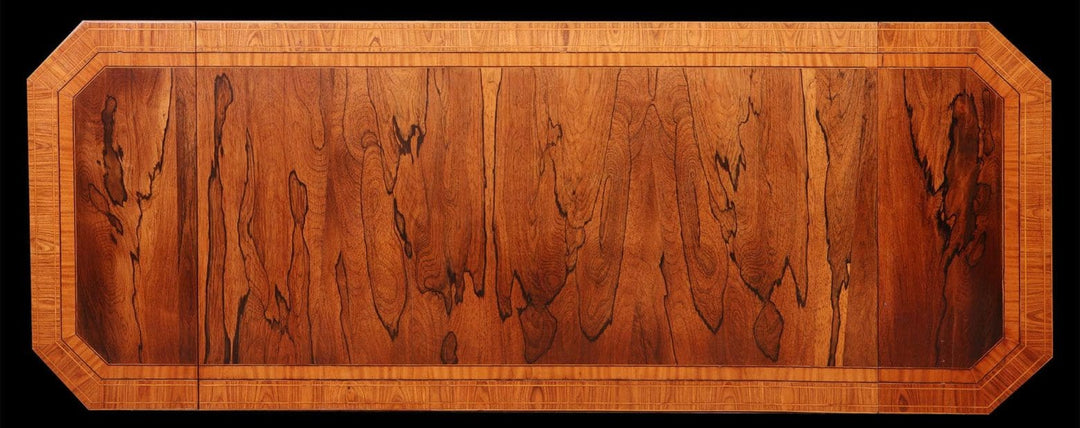
Chinese antique furniture is celebrated not only for its elegant design and craftsmanship but also for the exceptional quality of its materials. Among these, a select group of hardwoods has stood out through history for their beauty, durability, and symbolic value. Collectors and connoisseurs alike continue to revere the use of timbers such as Huanghuali, Zitan, Longyanmu, Padouk, and others—each with its own story and appeal.
Huanghuali (黄花梨)
Arguably the most famous of all Chinese hardwoods, Huanghuali, meaning "yellow flowering pear," belongs to the rosewood family (Dalbergia odorifera). It was highly prized during the Ming and early Qing dynasties for its luminous golden-brown color, translucent grain, and fragrant aroma. Fine Huanghuali furniture exhibits flowing grains, often described as resembling ghost faces or rippling water, making each piece visually captivating.
Due to its scarcity and the finesse required to work it, Huanghuali has become synonymous with the height of Chinese classical furniture. Today, genuine pieces made from this timber are rare and command exceptional value at auction and among private collectors.
Zitan (紫檀)
Another royal favourite, Zitan is a deep purplish-black hardwood often associated with the finest imperial furnishings. Denser and heavier than Huanghuali, Zitan (Pterocarpus santalinus) was favoured in the Qing dynasty for its dignified, austere appearance and ability to be finely carved.
The slow-growing nature of Zitan trees means that the wood was always scarce, reserved primarily for the court and religious institutions. Its fine texture and resistance to decay make it ideal for intricate carving and long-lasting, museum-quality pieces.
Longyanmu (龙眼木) – "Dragon’s Eye" Wood
Longyanmu, or "dragon’s eye wood," is a distinctive hardwood native to China, particularly the Fujian province. Named after the Longan tree (whose fruit resembles an eyeball), this timber is recognised for its warm golden hue and dramatic, rippled grain patterns.
Because of its dense, interlocking grain, Longyanmu is difficult to shape, limiting its use mostly to smaller objects, scholar’s desk items, and decorative accessories. However, these same challenges contribute to its appeal—when expertly crafted, the wood reveals a richly textured, almost luminous surface that is both tactile and visually striking.
Today, due to overharvesting and restricted availability, antique items crafted from Longyanmu are increasingly rare and desirable.
Padouk (花梨木)
Often confused with Huanghuali due to its similar reddish tones, Padouk (commonly referred to in Chinese as Huali in some historical texts) is a vibrant, open-grained hardwood that ranges in colour from orange-red to deep crimson. It was widely used in the later Qing period when Huanghuali became harder to source.
Padouk offers a bold visual character and lends itself well to larger furniture forms. While it lacks the fine grain of Huanghuali or the density of Zitan, it remains a respected material in Chinese furniture, appreciated for its warmth and strength.
Other Notable Hardwoods
In addition to these well-known species, other hardwoods have been used in regional and vernacular Chinese furniture:
-
Jichimu (鸡翅木) – “Chicken-wing wood,” so named for its grain that resembles the striations of chicken feathers. It has a distinct visual appeal and was commonly used in Ming-style furniture.
-
Tieli (铁力木) – Sometimes referred to as "ironwood," Tieli is extremely dense and durable, often found in robust, utilitarian pieces.
-
Nanmu (楠木) – A golden-brown wood with a subtle sheen, Nanmu was prized for cabinetry and architectural carvings. It was often used in palace construction and coffin-making due to its resistance to decay.
The Enduring Allure of Chinese Hardwoods
The use of exotic hardwoods in Chinese antique furniture is more than a testament to material wealth—it reflects the philosophical and artistic values of centuries of Chinese culture. Each wood carries symbolic meanings, regional origins, and associations with status, scholarship, or spirituality.
At Nicholas Wells Antiques, we continue to source and present exemplary pieces that reflect this rich heritage. Whether it's a finely carved Zitan incense stand or a Huanghuali armchair glowing with age, each item tells a story rooted in craftsmanship, history, and reverence for natural materials.





